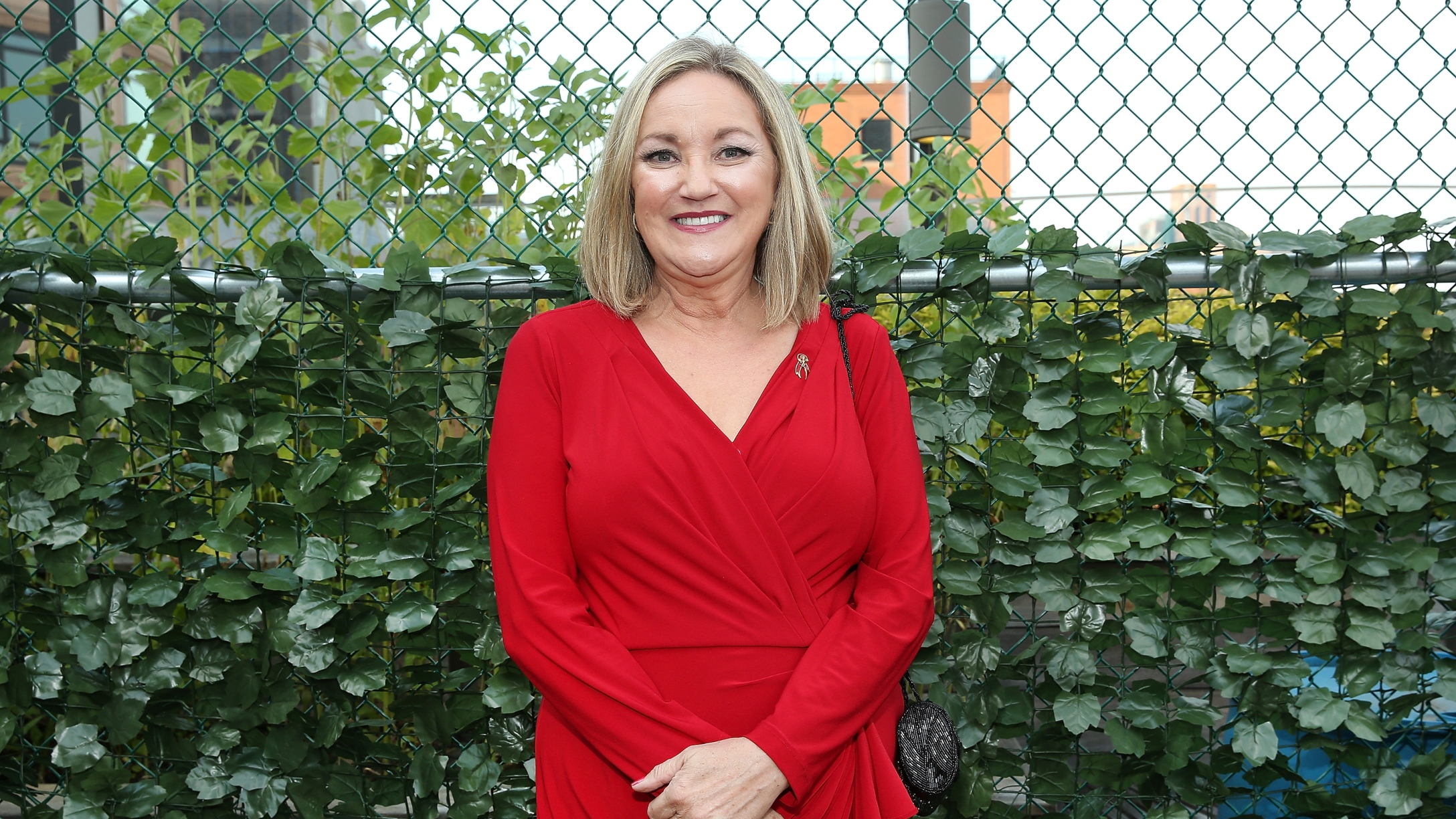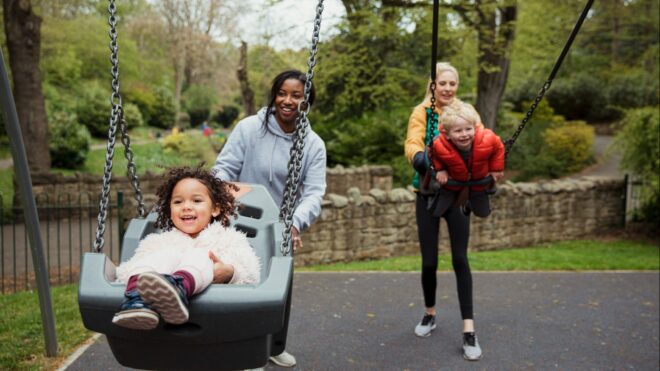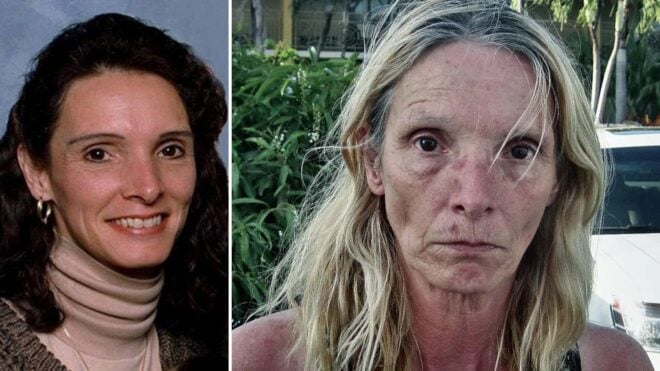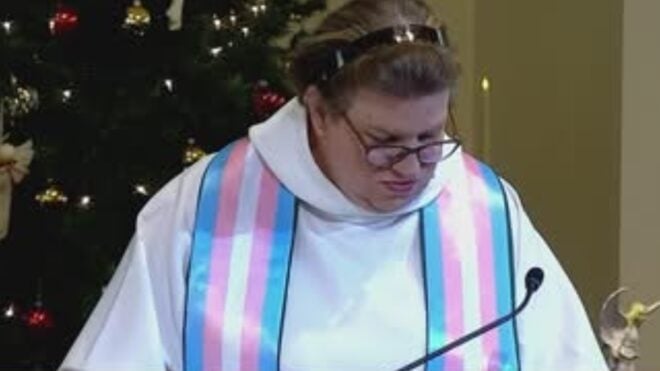
In 1984, a single mom from Little Rock, Arkansas, was visiting a friend in the hospital when she noticed something odd. A group of nurses appeared to be arguing over who should have to go take care of a patient in a nearby room. It seemed none of the nurses were willing, but it wasn't clear why.
Ruth Coker Burks knew something was wrong. She told Today, "I had been in hospitals a lot of times and so I thought that was really bizarre. The nurses were literally drawing straws to see who would go in and check on this person. They would draw straws and it'd be best out of three, and then they didn't like that and so then it'd be best 2 out of 3 and then no one would end up going in to check in on this person. They just walked away."
Ruth Coker Burks met her first patient with AIDS then.
Curious, Ruth decided to go into the room and find out what was going on. When she got in there, she couldn't find the patient because his body was so thin and pale. "I had to look for him. I thought maybe he was in the bathroom. You couldn't tell the difference between him and the bedsheets. It was just horrible."
Ruth soon learned she had just met the first person she'd ever known who had AIDS. Instead of running away in fear, Ruth leaned on her faith and basic human decency to find out how she could help.
Ruth didn't know a lot about the LGBTQ+ community.
In the 1980s, Ruth pretended to know much more about the gay community than she actually did. After first learning about AIDS while visiting her cousin, who told her, "Just the leather guys in San Francisco are getting that," Ruth soon learned that the disease was ravaging many more people outside the city.
After Ruth snuck into that hospital room, she couldn't stop herself.
"I went over to the bed and I didn't know what to do but I took his hand and I said, ‘Honey, what can I do for you?'" she explained. "He looked up at me and he didn't have any more tears to cry. He was so dehydrated there was nothing left to produce any tears. But he looked up at me and he said he wanted his mama."
At first, Ruth was prepared to go out and find the man's mother — until she realized that his mother knew where he was but had no intention of coming to her son in his final days. When Ruth went to confer with the nurses, they were horrified that she had even entered the room.
"I went over to speak with the nurses, and they backed up like I had them at gunpoint," she said. "They said, ‘You didn't go in that room, did you?’ Well yeah, I noticed that y'all weren't going in. So they started fussing at me and then they just backed up even more."
Unfortunately, stigma is still part of an HIV/AIDS diagnosis.
In the 1980s, stigma was an inherent part of being diagnosed with HIV and AIDS. On top of that, the drugs used to treat the disease were often unhelpful. Avert, an international HIV charity, explains that these days, many people who have HIV and/or AIDS face discrimination, and that's with all the medical and cultural gains we've made:
"In 35% of countries with available data, over 50% of people report having discriminatory attitudes towards people living with HIV."
Ruth Coker Burks started helping.
After being told to leave the man alone, Ruth promptly did exactly the opposite. She soon learned the man's name was Jimmy, and she tried to call Jimmy's mother. Eventually, she did, but the results were devastating. Jimmy's mother told her, "My son died years ago when he went gay. I don’t know what thing you have at that hospital but that’s not my son."
Ruth thought Jimmy would be the only man she helped.
At first, Ruth believed that Jimmy would be the only man with AIDS that she would work with: "I thought he would be the only one and I would get back to going to church every Sunday and you know, being a good Christian living the best life I could. I had a young daughter, her father and I were divorced, and I was just trying to be the best mother and set the best example I could for her. I thought I'd just go back to that."
Soon, Ruth discovered that she couldn't look away. After AIDS patients died, nurses didn't want to touch their bodies, and the hospital morgue would often refuse to take their bodies. After an exhaustive search, Ruth found a funeral home for Jimmy's body. She and her young daughter held a funeral.
"We had a little do-it-yourself funeral, said the Lord's prayer, put the flowers and a big rock on top of him and we left. And I thought, you know, that's going to be the only person I ever have to do this for. I mean, who would think you would ever have to do it twice in your life, right?"
Nurses began calling Ruth themselves.
What Ruth thought would be a one-off experience soon turned into many, many more. She ended up burying 39 men in the same cemetery her father was buried in and helped hundreds of men in the years that followed. Now she and others are more widely sharing her story.
While caring for the men, Ruth did more than try to contact family members and sit at hospital beds. She found food, often by digging through dumpsters while doing so. Eventually, then-Governor Bill Clinton heard about her story and told food banks to offer whatever help they could.
Most people in Ruth's community rejected both her and the work she was doing. Her own church removed Ruth from committees, kids stopped asking her daughter to come over or to attend parties, and the Ku Klux Klan even burned crosses in her yard.
But Ruth rejects the idea that she did anything particularly special: "I never thought of myself as an activist. I just thought I was doing what I was supposed to do."
She added that the men she helped were some of the most giving. "I mean, can you imagine dying and still giving love?" she asked. "They gave me the love that they needed for themselves."
Ruth learned a lot from the men she cared for.
While many are quick to point out how Ruth helped the men, she believes she gained something from them, too: "Oh no, my guys lived until the day they died. I learned more about living from the dying than I ever learned about dying with the dying."
She added, "Hope was all they had. That was it. And, you know, we would go to drag shows. … I had never even heard of a drag queen but I would stand by the stage with my dollars, I wouldn't even go back to my chair, I was just handing out dollars all night, thinking to myself these are the most fabulous creatures I've ever met in my life. Step out of your lives, step out of your boundaries and deliberately meet new people who aren't you."







